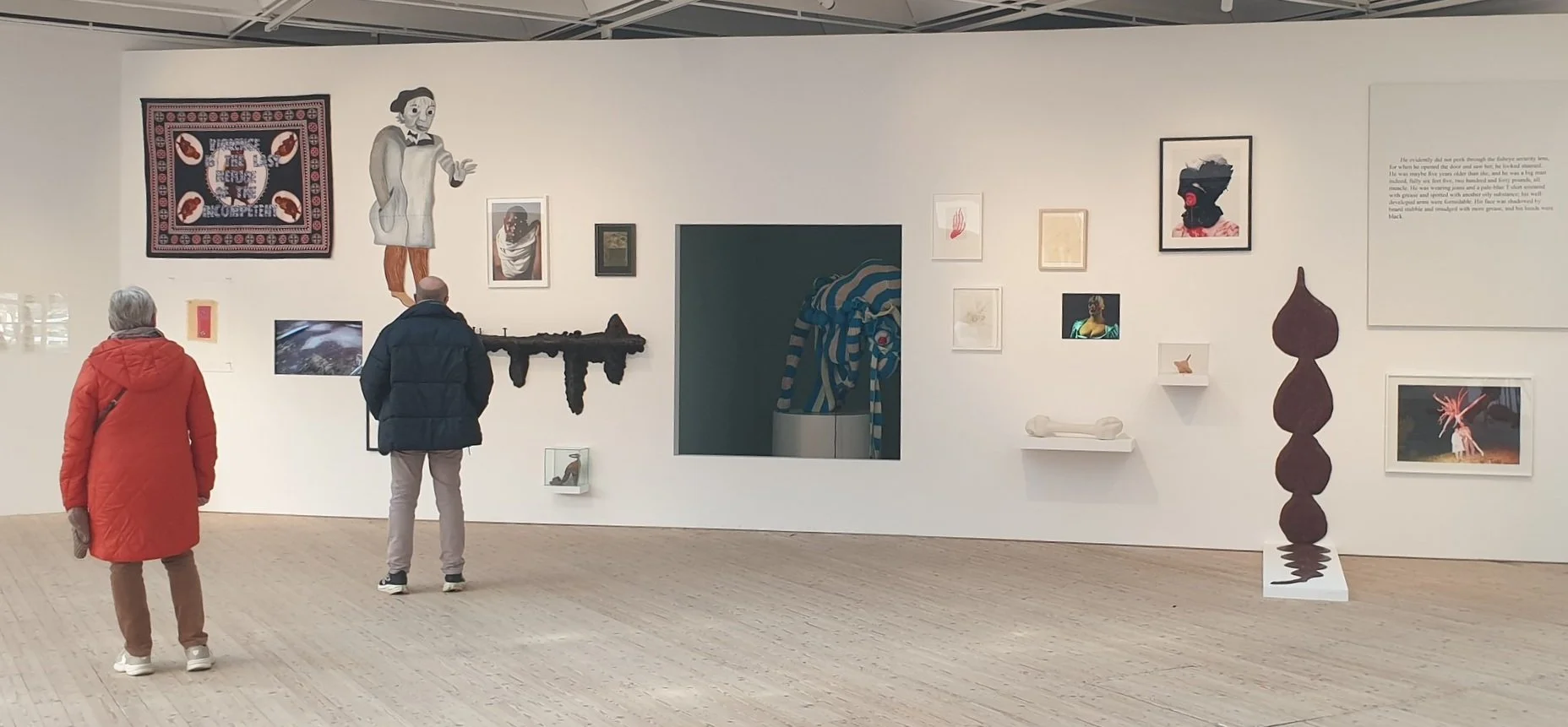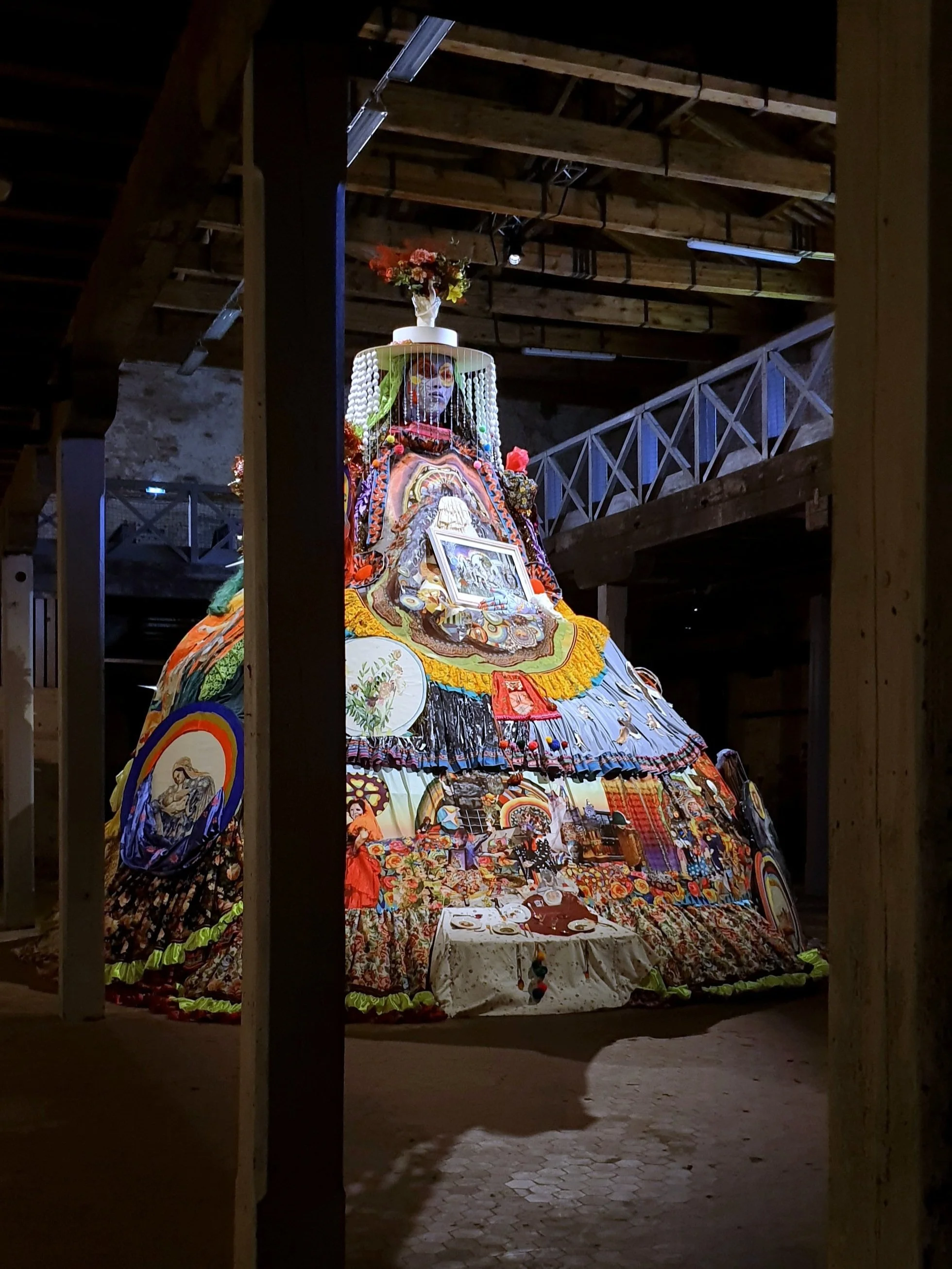Best 2024 Art
Juan-Pedro Fabra Guemberena
Leif Holmstrand, Malmö Konsthall
Leif Holmstrand's “Termiternas liv: The End” is not about the life of termites and definitely not about the end.
The whole exhibition is an expansion, or rather the crystallization of an enormous archive for the staging of the artist's very existence. Holmstrand slips in and out of different roles (artist, publisher, curator, singer, writer, activist), and similarly the works slip in and out of different materials, techniques, and states.
The exhibition could almost be perceived as a retrospective, but there are simply too many things that are pushing forward and instead want to move on, it is still too early—there is much more around the corner.
Holmstrand appears here more as the proponent of a queer nirvana.
See Studio conversation with Leif Holmstrand and Bror Ida Lennartsson.
Ahmed Umar, Venice Biennial
Norwegian artist Ahmed Umar's performance during the opening days of Venice moved a room full of hardened art professionals to tears. The work, Talitin, The Third, is based on a Sudanese bridal dance, a tradition that usually culminates in week-long wedding celebrations and is witnessed only by women. The title Talitin, which means 'third' in Arabic, alludes to a local insult - being 'the third of the girls' - directed at boys who take an interest in so-called feminine activities.
As a child, before puberty and his subsequent exclusion from the family, Umar was allowed to participate in these bridal dances in Sudan. By embodying the bride in his dance, he reclaims this cultural practice. With his moving performance, he conveys not only the pain of loss and exclusion, but also a queer redemption. See conversation with Umar from the opening days. Short video documentation below of performance (filmed by Power Ekroth).
Valeria Montti Colque, Chilean pavilion, Venice Biennial
For over two decades, Valeria Montti Colque has developed and articulated works that tell the story of the diasporic body in Sweden. Representing Chile at this year's Venice Biennale, she highlighted a phenomenon that many have experienced in Sweden: you are neither here nor there, and you must create your own reality and chisel out your own voice.
Valeria Montti Colque's exhibition Cosmonación with the work Mamita Montaña at its center articulates that voice and much more; for me it expresses the heart of the art in 2024. Valeria Montti Colque's Mamita Montaña articulates the intergenerational and transnational experience of growing up in Sweden as a culturally queer with monumentality.
Mamita Montaña is transformed into a place of collective storytelling and shared spirituality, where past and present are woven together in a common construction. See Studio conversation with Montti Colque in her installation.






